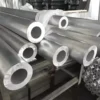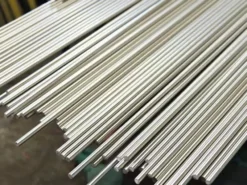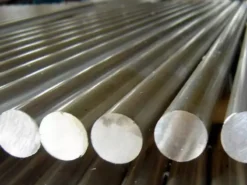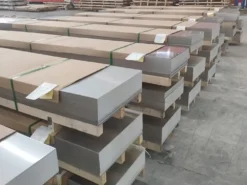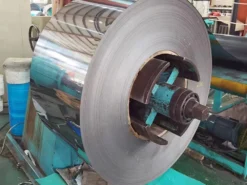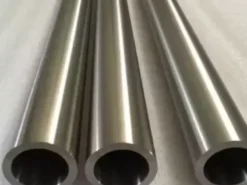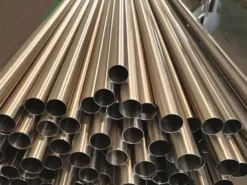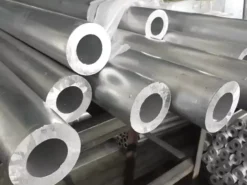product description
Stainless steel pipe is a hollow, elongated, circular steel material widely used in industrial transportation pipelines and mechanical structural components such as petroleum, chemical, medical, food, light industry, mechanical instruments, etc. In addition, when the bending and torsional strength are the same, the weight is light, so it is also widely used to manufacture Machine element and engineering structures. It is also commonly used as furniture, kitchenware, etc.
Stainless steel pipes generally use Brinell, Rockwell, and Vickers hardness indicators to measure their hardness.
Part 1 Fold Brinell hardness
Among the standards for stainless steel pipes, Brinell hardness is the most widely used, and the hardness of the material is often represented by the diameter of the indentation, which is both intuitive and convenient. However, it is not suitable for steel pipes made of harder or thinner steel.
Part 2 Rockwell hardness
The Rockwell scale of stainless steel pipe is the same as the Brinell scale, which is an indentation test method. The difference is that it measures the depth of the indentation. Rockwell scale is a widely used method at present, in which HRC is second only to Brinell hardness HB in steel pipe standards. Rockwell hardness is suitable for measuring metal materials from extremely soft to extremely hard. It compensates for the shortcomings of the Brinell method and is simpler than the Brinell method. It can directly read the hardness value from the dial of the hardness machine. However, due to its small indentation, the hardness value is not as accurate as the Brinell method.
Part 3 Vickers hardness
Vickers hardness test of stainless steel pipe is also an indentation test method, which can be used to measure the hardness of very thin metal materials and surface layers. It has the main advantages of the Brinell and Rockwell methods and overcomes their basic disadvantages, but it is not as simple as the Rockwell method, and the Vickers method is rarely used in steel pipe standards.
Part 4 Hardness testing
Stainless steel pipes with an inner diameter of over 6.0mm and a wall thickness of less than 13mm can be tested using a W-B75 Vickers hardness tester, which is very fast and simple, and is suitable for rapid non-destructive qualification inspection of stainless steel pipes. Stainless steel pipes with an inner diameter greater than 30mm and a wall thickness greater than 1.2mm are tested for HRB and HRC hardness using a Rockwell hardness tester. Stainless steel pipes with an inner diameter greater than 30mm and a wall thickness less than 1.2mm are tested for HRT or HRN hardness using a surface Rockwell hardness tester. Stainless steel pipes with an inner diameter less than 0mm and greater than 4.8mm are tested for HR15T hardness using a dedicated Rockwell hardness tester for pipes. When the inner diameter of a stainless steel pipe is greater than 26mm, a Rockwell or surface Rockwell hardness tester can also be used to test the hardness of the inner wall of the pipe.
Stainless steel pipes are divided into ordinary carbon steel pipes, high-quality carbon structural steel pipes, alloy structural pipes, alloy steel pipes, bearing steel pipes, stainless steel pipes, as well as bimetallic composite pipes, coated and coated pipes to save precious metals and meet special requirements. There are various types and uses of stainless steel pipes, with varying technical requirements and production methods. The current production of steel pipes has an outer diameter range of 0.1-4500mm and a wall thickness range of 0.01-250mm. To distinguish its characteristics, steel pipes are usually classified according to the following method.


